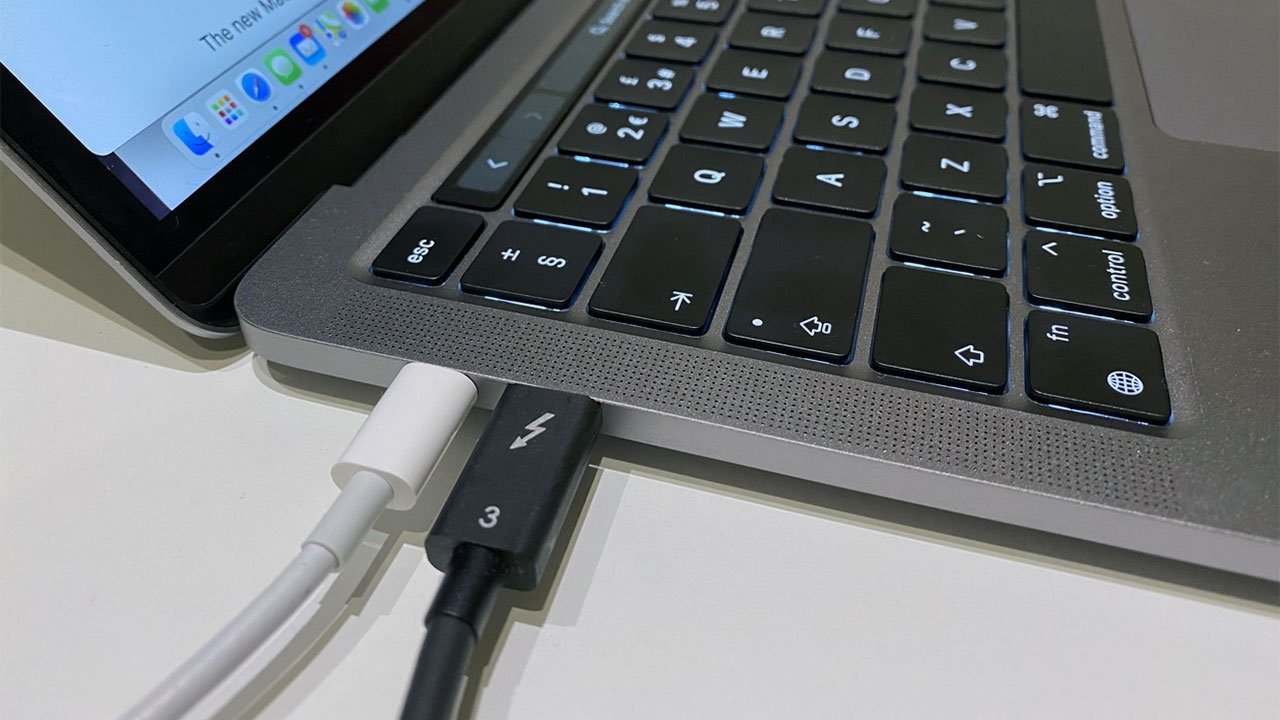The USB Implementers Forum in an update regarding revision 2.1 of its USB-C specification said the forthcoming protocol will be capable of accommodating power output of 240 watts.
Announced in an update posted to the USB-IF website, the new USB-C 2.1 specification release offers a deep dive into the coming protocol, including hardware requirements, restrictions and interoperability with other technologies.
As noted by CNET, version 2.1 of the standard will introduce a 240-watt option called Extended Power Range. Currently, USB-C version 2.0 tops out at 100W.
The increased power headroom will allow for a wider range of peripherals including large 4K monitors, gaming laptops, printers and more.
According to the USB-IF document, special markings will be required for cables that support EPR. The distinction will be important as the high-power USB-C spec proliferates through the personal computing and smartphone industries.
Initially designed to streamline data transfer, the USB protocol has morphed into a ubiquitous standard that spans system communications to, more recently, dedicated power delivery. Smartphones are the latest to turn to USB, as the thin, reversible USB-C connector and port enables relatively high transfer speeds, fast charging, and non-proprietary cables.
Apple, notorious for using its own connector standards, has been more open to adopting the latest USB flavors in its most recent hardware revisions. For example, iPad Pro moved to USB-C in 2018, while the company's initial batch of M1 Macs were the first to integrate USB 4.
While other smartphone manufacturers are migrating to the latest USB specification, Apple is not expected to make the leap anytime soon, according to analyst Ming-Chi Kuo. Beyond wider market pressures, Kuo sees potential technical issues related to waterproofing and notes Apple's Made for iPhone program could be impacted by a switch.
Follow all the details of WWDC 2021 with the comprehensive AppleInsider coverage of the whole week-long event from June 7 through June 11, including details of all the new launches and updates.
Stay on top of all Apple news right from your HomePod. Say, "Hey, Siri, play AppleInsider," and you'll get the latest AppleInsider Podcast. Or ask your HomePod mini for "AppleInsider Daily" instead and you'll hear a fast update direct from our news team. And, if you're interested in Apple-centric home automation, say "Hey, Siri, play HomeKit Insider," and you'll be listening to our newest specialized podcast in moments.
 AppleInsider Staff
AppleInsider Staff







-m.jpg)






 Bon Adamson
Bon Adamson
 Marko Zivkovic
Marko Zivkovic
 Amber Neely
Amber Neely
 Malcolm Owen
Malcolm Owen


 Christine McKee
Christine McKee



-m.jpg)






26 Comments
If it maintains the 20V specification then it would have to push 12 amps through the cable. That would require something like 14 gage wire to carry that kind of current. That means thick heavy cable unless they push the voltage up to 48 volts to keep the current 5 amp draw. I followed the link to the USB-IF and couldn’t find any details.
That's seriously impressive power. While I know that charging MacBooks comes close to that 100w limit on USBc, are there any peripherals currently that use that much power over USBc?
What modern computers need that much power?
At what point can we charge our cars using USB-C? :D